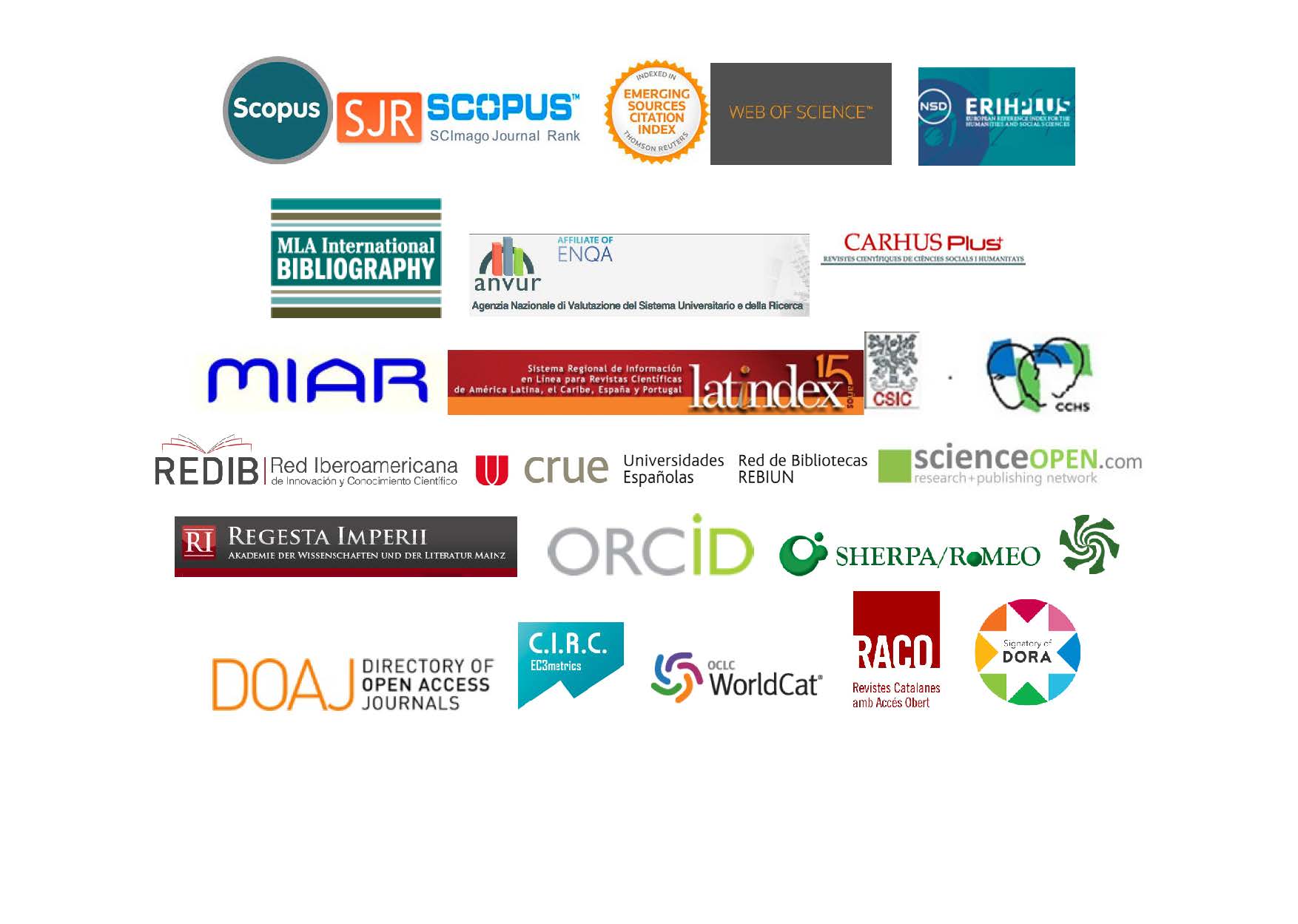La iconografía en la era digital: hacia una heurística para el estudio del contenido de las imágenes medievales
Abstract
This article invites us to consider the usefulness of iconography as a method to describe the subjects represented in medieval works of art. In this study, a greater emphasis has been put on investigating the epistemological implications resulting from the use of that method, and the biases that may appear in the process of transforming images into words. The aim is to address what has been called the “semantic gap”, i.e., a kind of barrier that prevents the verbal representation of a non-lexical medium, such as the visual one, in a satisfactory and undiminished way. After a brief panorama of image theory throughout the classical era, with especial reference to the rhetorical genre of ekphrasis, this study suggests that, beneath the apparent balance between the verbal and the visual media, a rivalry persists. Later on, in medieval times, a mutation occurs in the way we perceive the visual arts and the images start being considered as texts that can be read. Thanks to the prejudice implied by the statement that we can only attain knowledge through words, the image is relegated to a decorative role or, at the most, an instrument of evangelisation of the illiterate.
In the discipline of medieval art history, defective uses of iconography have led to question its validity as a tool for analysis, even after the systematizing task endeavoured by Erwin Panofsky. Iconography, however, has gained new momentum thanks largely to the creation of digital collections that require iconographic principles to facilitate the recovery of visual documents. The new technologies, however, have accentuated the semantic gap between image and word, and nuanced the value of iconography, combined with indexing techniques based on controlled vocabularies and thesauri. In addition, a critical survey has been made of the most interesting projects which have undertaken the task of indexing the medieval art. Finally, it is argued that migration of iconography into the Web can be the hard core that allows medieval art history to step forward and fully enter into the domain of digital humanities.
Keywords
Full Text:
PDFRefbacks
- There are currently no refbacks.

This work is licensed under a Creative Commons Attribution 4.0 International License.
_________________________________________________________________________
Indexed / included in:




